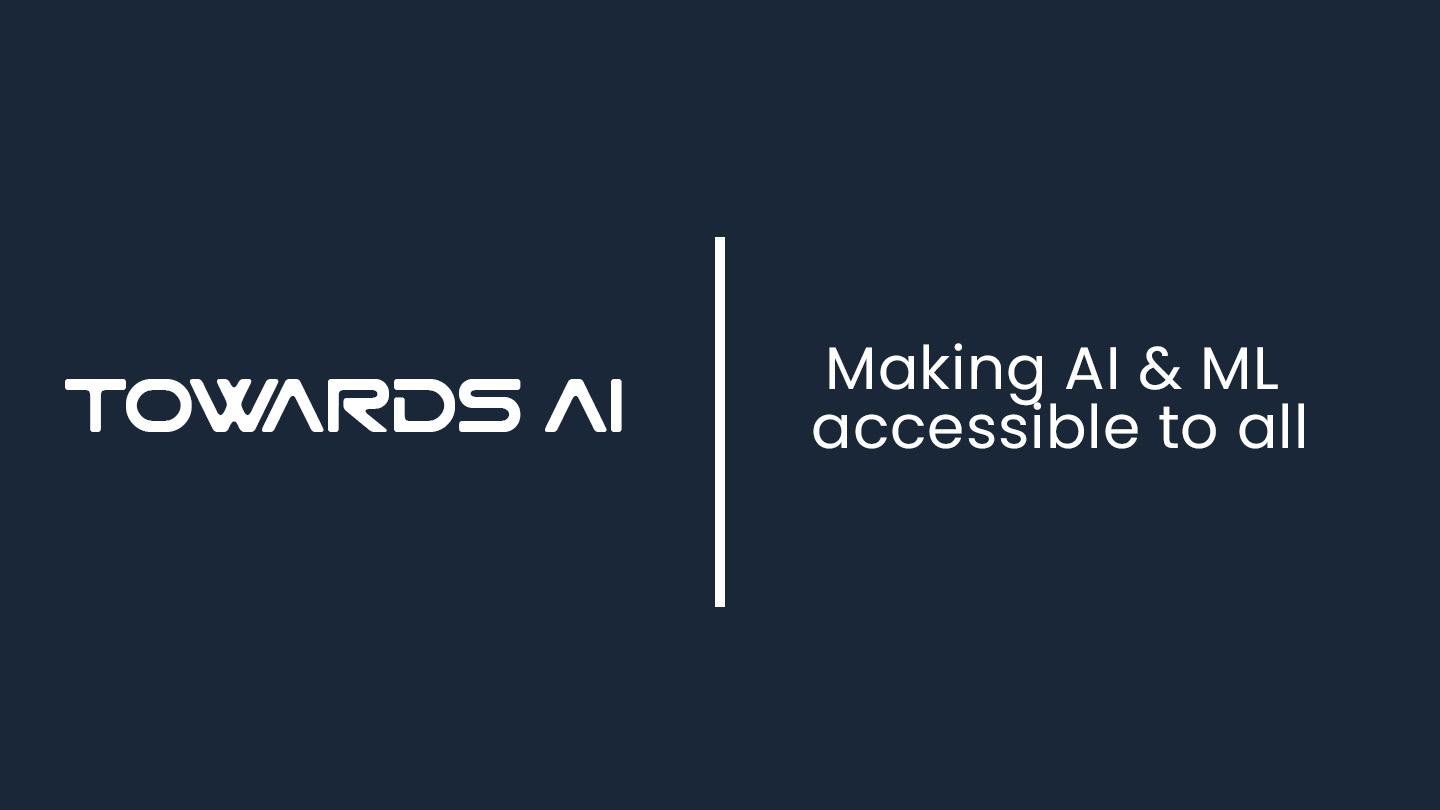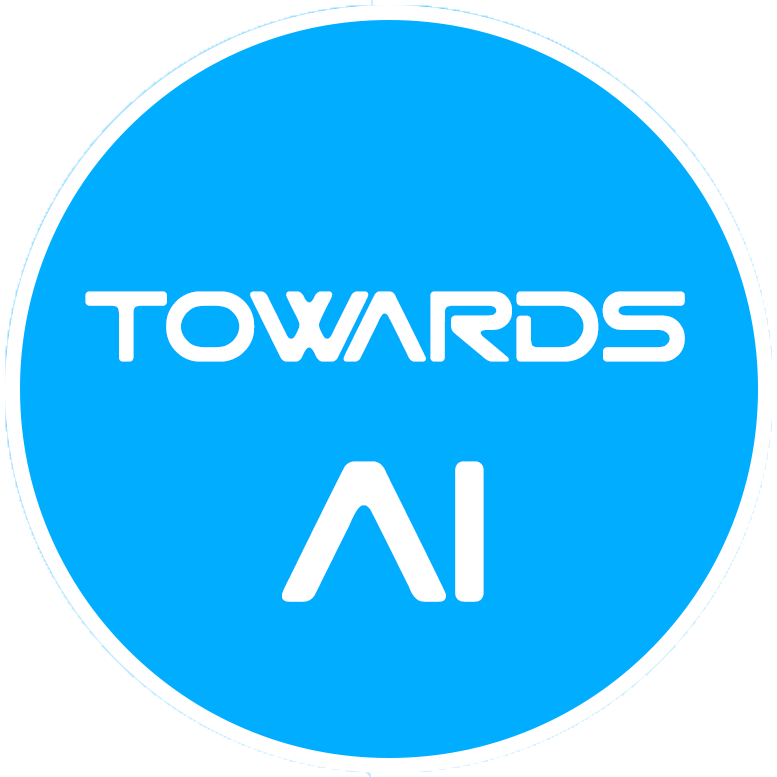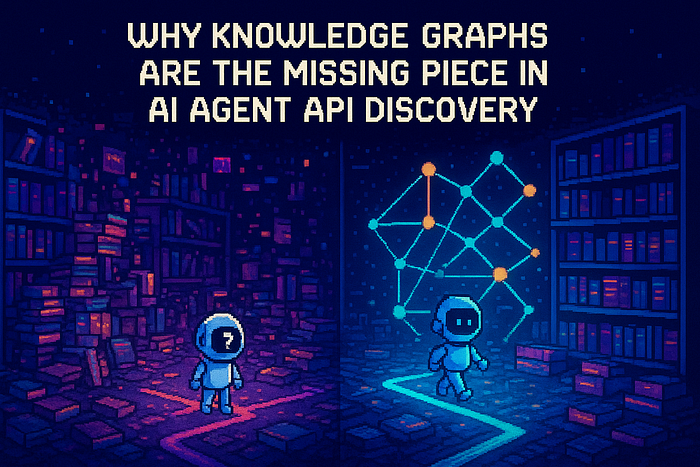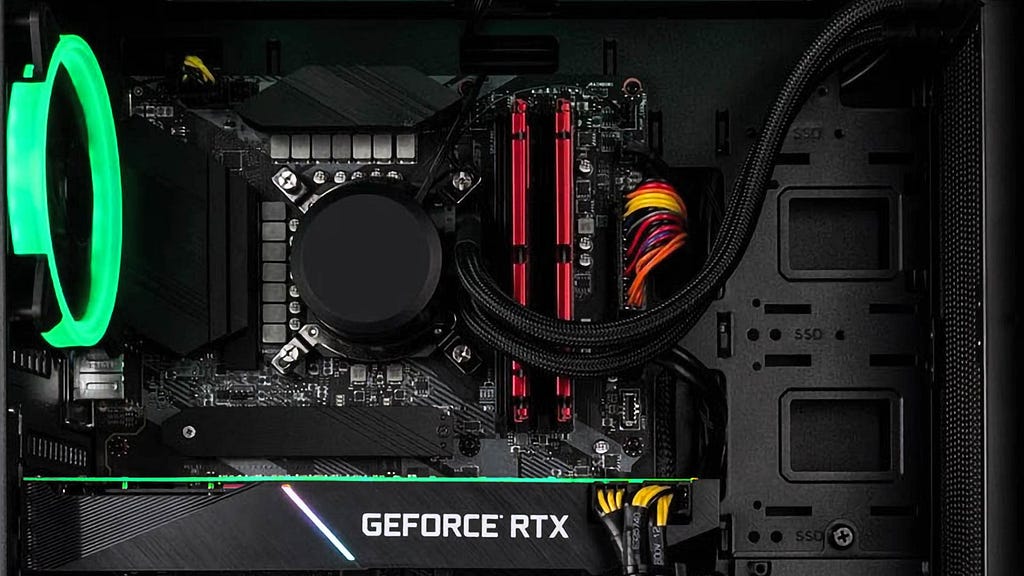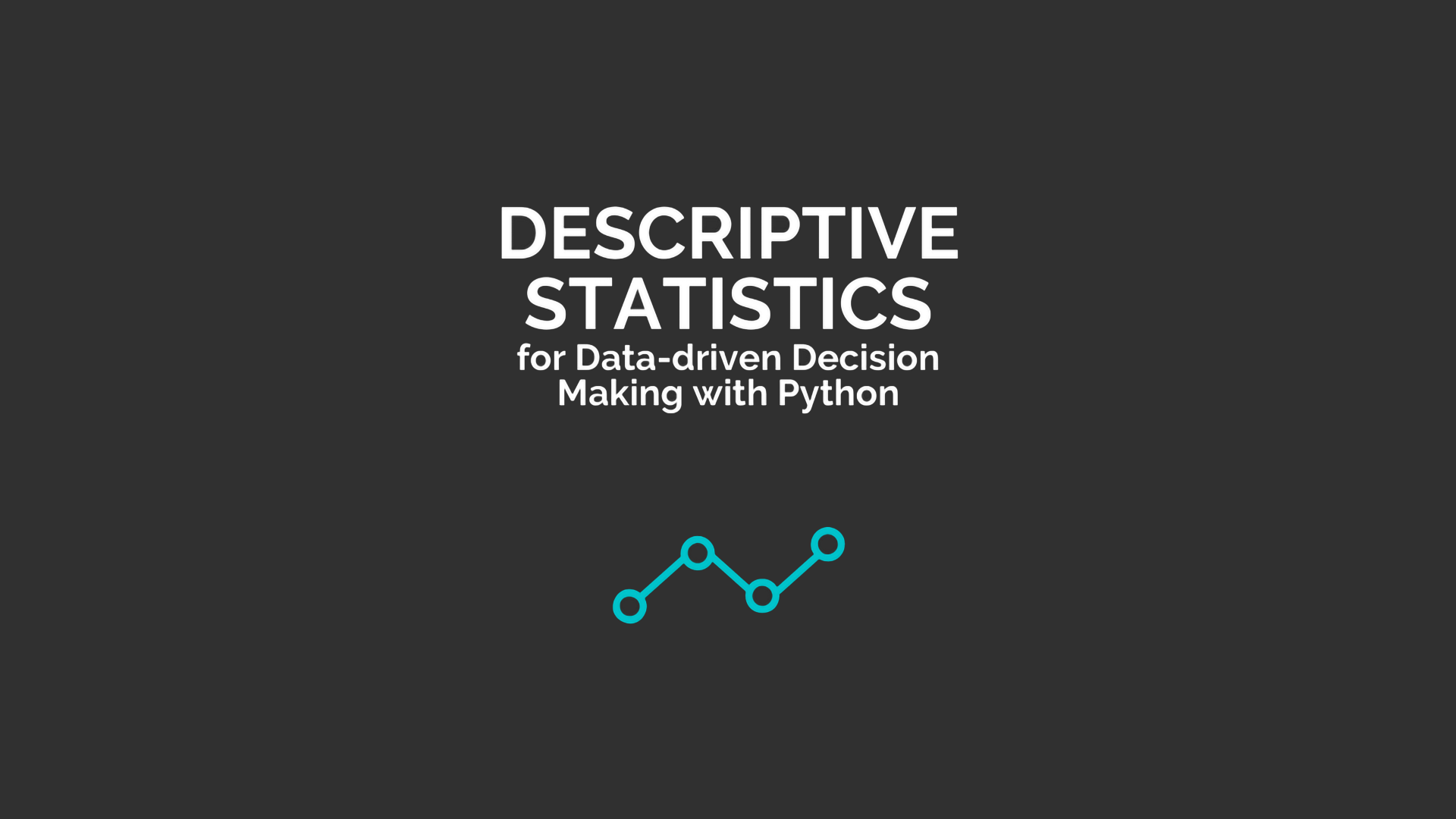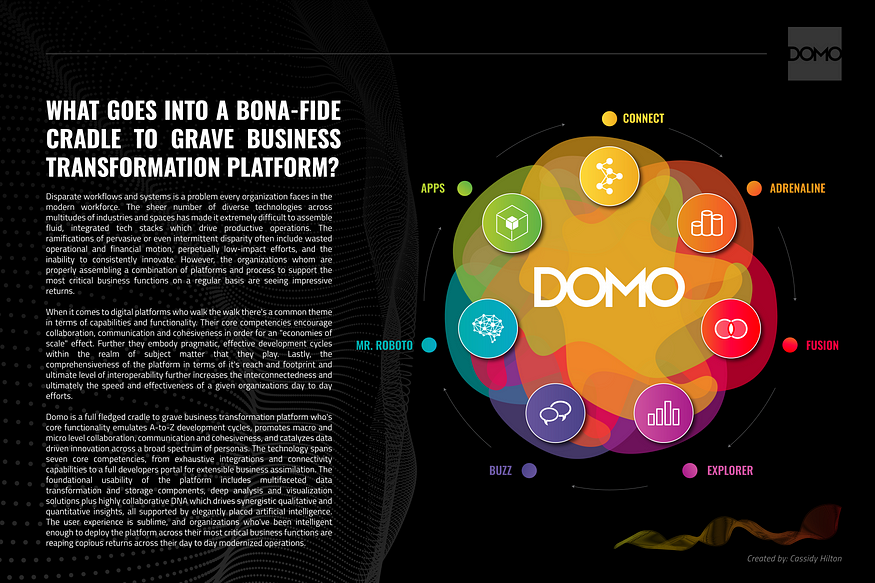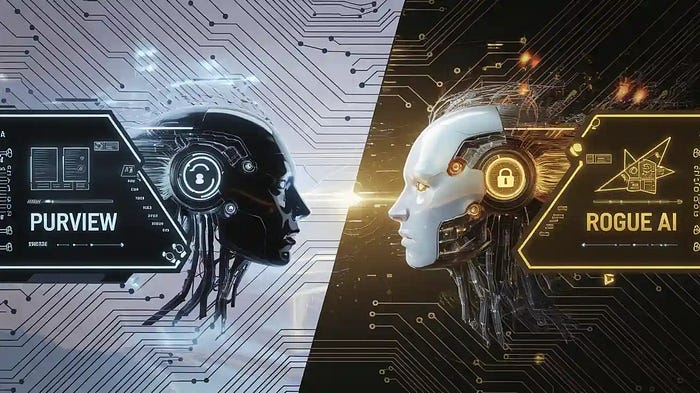
LangChain vs. CrewAI: Why 5.76x Speed Can’t Beat 92% Accuracy Without This Secret Ingredient
Last Updated on May 7, 2025 by Editorial Team
Author(s): R. Thompson (PhD)
Originally published on Towards AI.

AI agents are evolving beyond simple prompt-response models. They are becoming dynamic systems capable of planning, reflecting, delegating tasks, and interacting with external environments. These agents can retrieve real-time data, interact with APIs, and even coordinate with other agents to accomplish broader goals.
The AI agent market is expected to skyrocket from $7.84B in 2025 to $52.62B by 2030, a CAGR of 46.3%, according to MarketsandMarkets. This exponential growth underlines the urgency for frameworks that help developers structure agent workflows efficiently. 📌
Two major frameworks stand out in this transformation: LangChain with its graph-based orchestration system LangGraph, and CrewAI, which brings a human-like team structure to AI agents. These frameworks are not just tools; they are shaping how AI integrates into real-world workflows and autonomous systems.
Since its launch by Harrison Chase in October 2022, LangChain has become a central hub in the LLM development ecosystem. With 71.8M+ monthly downloads by early 2025, it’s used across sectors — from research tools to industrial-scale automation.
LangGraph, the LangChain extension, adds a graph-theoretic flavor to orchestration. In this model:
• Nodes represent agents or logic units
• Edges define transitions based on agent output or system state
This enables traceability, recursion, conditional execution, and hybrid human-AI workflows.
• Compatible with… Read the full blog for free on Medium.
Join thousands of data leaders on the AI newsletter. Join over 80,000 subscribers and keep up to date with the latest developments in AI. From research to projects and ideas. If you are building an AI startup, an AI-related product, or a service, we invite you to consider becoming a sponsor.
Published via Towards AI
Take our 90+ lesson From Beginner to Advanced LLM Developer Certification: From choosing a project to deploying a working product this is the most comprehensive and practical LLM course out there!
Towards AI has published Building LLMs for Production—our 470+ page guide to mastering LLMs with practical projects and expert insights!

Discover Your Dream AI Career at Towards AI Jobs
Towards AI has built a jobs board tailored specifically to Machine Learning and Data Science Jobs and Skills. Our software searches for live AI jobs each hour, labels and categorises them and makes them easily searchable. Explore over 40,000 live jobs today with Towards AI Jobs!
Note: Content contains the views of the contributing authors and not Towards AI.

